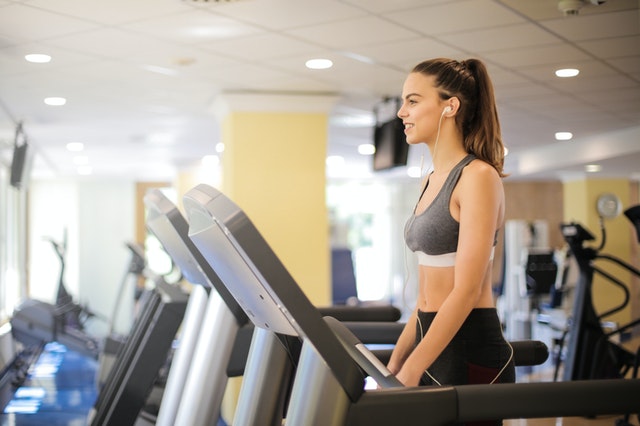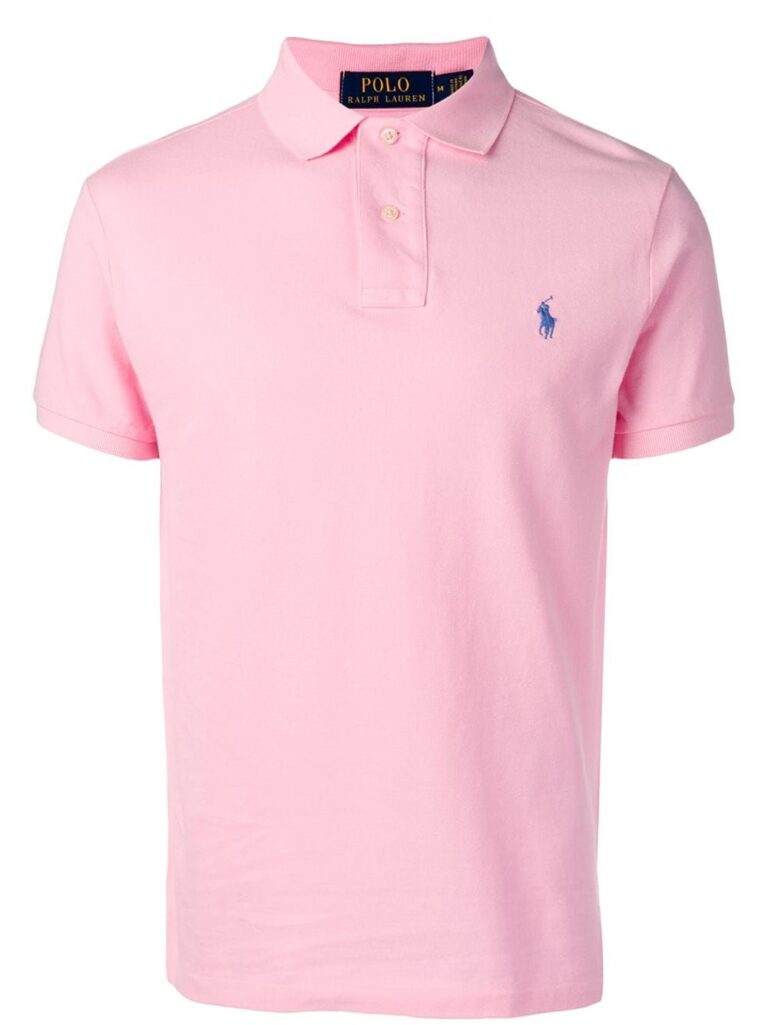All About Hearing Protection
When it comes to protecting your hearing, mainly if any of the following conditions apply, wearing proper hearing protection is necessary.
- You have to deal with a loud workplace (for example, on a construction site or in a factory).
- You often attend noisy activities, such as concerts, athletic events, and parties.
- You are often treated to loud noise from passing vehicles in a high-traffic region.
- You often utilise domestic appliances like vacuum cleaners or lawn mowers and power tools like drills.
Proper hearing protection like safety earmuffs is critical whether you fall into one of the categories listed above or even if you want to keep your ears as safe as possible.
The Importance of Wearing a Hearing Protection Device
Exposure to loud sounds may impair your hearing, as you probably already know. However, the amount of noise that might permanently affect your hearing is often overestimated. Noise does not have to be unbearably loud to be harmful, and many everyday noises fall short of the acceptable noise level. The following are a few examples:
- The decibel level in a loud workplace might get as high as 90.
- Using a lawnmower exposes you to 95 decibels of noise.
- Leaf blowers may emit 115 dB or more.
They all seem familiar, but they may all cause hearing loss in the long run if they’re constantly exposed to them over an extended length of time.
Do you know what kind of hearing protection is out there?
There are several ways to protect your ears, but the most prevalent include the following:
- Designed to lay over the ear canal’s opening, foam earplugs expand when rolled and then placed in the ear canal. It is common to employ memory foam (also known as slow-recovery foam) to heighten comfort. Whether you choose disposable or reusable, you can get what you need.
- Some pre-moulded earplugs, such as those made of silicone or plastic, are available in various sizes, allowing for a more comfortable experience for the wearer. Earplugs intended to fit within the ear canal must be fitted precisely to guarantee that noises are efficiently filtered out.
- It is common for safety earmuffs to have two cups that fit directly over the ears, joined by a headband. To provide adequate hearing protection, the earcups of earmuffs should be placed directly on the ear canal.
- It is possible to reuse otoplasty, custom-made for each user, for many years.
What to Consider When Choosing the Best Hearing Protection
Make Sure the NRR Is Suitable for Your Purposes.
A “noise reduction rating,” or NRR, is used to measure the decibels a piece of hearing protection can block. However, the packaging or product information for a kind of hearing protection may not accurately represent its capacity to suppress sound levels. The most excellent NRR is 33 (as in 33 decibels). As a consequence, the indicated NRR for each of the following forms of hearing protection must be reduced by the following degrees:
- For earmuffs, the figure is 75%.
- Custom earplugs and slow-recovery foam earplugs are eligible for a 50% discount.
For example, 33 NRR earmuffs would reduce decibel levels by 8.25 if you wear them while listening to music.
For example, the NRR will inform you if the hearing protection you contemplate would block enough decibels for your objectives, reducing levels between 70 and 80 dB.
Think about double your efforts
The proper hearing protection may need the use of more than one sort of protection. There are times when it is necessary to use both earmuffs and earplugs to reduce the decibel level on a construction site when the decibels often exceed 110 dB.
Ask a Professional For Their Opinion.
Because safeguarding your hearing is so important, it is imperative that you choose the best hearing protection possible, as shown by the preceding paragraphs. It means that you should get advice from an ENT doctor or other qualified practitioner about the optimum hearing protection for your specific situation.







